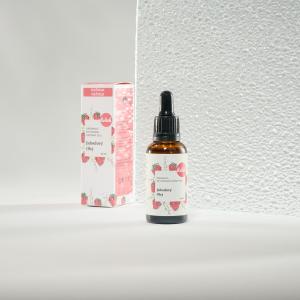Gold (CI 77480)
Harm score: 1 (Natural substances)
Gold, known in the world of coloured cosmetic pigments as CI 77480, was given its alternative name Linnaeus in honour of Carl Linnaeus, a Swedish botanist, physician and naturalist who contributed to the binary nomenclature system used to name species. This precious metal of exceptional properties nowadays has not only a high price value but also a wide range of applications in various sectors, including the cosmetics industry.
One of the areas where gold is most commonly used is in the cosmetics industry. This precious metal is used in various types of products, including moisturizers, facial serums, lipsticks and body oils. We can even find real gold leaf in some products. The reason gold has become such a popular ingredient in beauty products is because of its beneficial effect on the skin. Gold has been shown to increase skin elasticity, promote skin regeneration and act as an anti-aging agent. Moreover, thanks to its ability to reflect light, it can visually reduce the visibility of fine lines and pores. Gold thus gives the skin a youthful and radiant appearance. But its abilities don't just stop at skin care. Gold is also often an ingredient in body oils, where it adds a subtle glow to the skin, or in shampoos that add volume and shine to hair.
However, gold is not only found in cosmetics, but also in the food industry. While it is true that it has no taste or smell, it does give foods a luxurious appearance. That is why it is often used as a food additive, especially in the confectionery industry for decorating cakes, sweets and traditional Christmas pastries. CI 77480 gold is therefore a truly versatile raw material that not only gives products a luxurious appearance, but also gives their users a pleasant feeling.
Gold (CI 77480) can be found in the following products
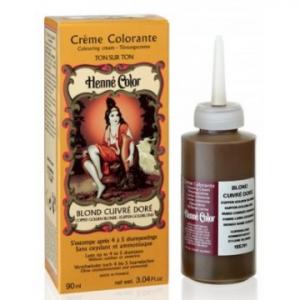
Fine cream dressing 90ml Gold Copper
Product detail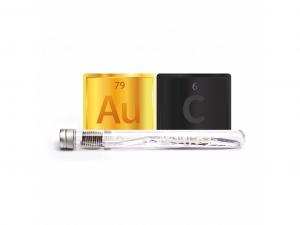
Toothbrush with gold and activated charcoal pink - medium
Product detail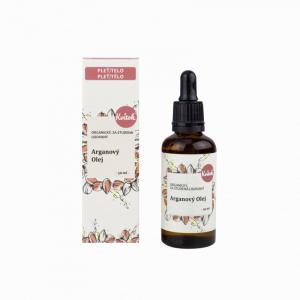
Argan oil BIO (50 ml) - cold pressed
Product detail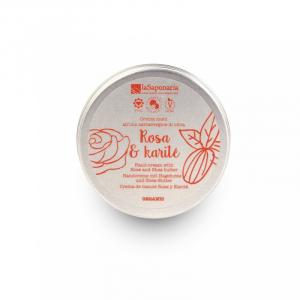
Hand cream with Damask rose BIO (60 ml) - smells amazing
Product detail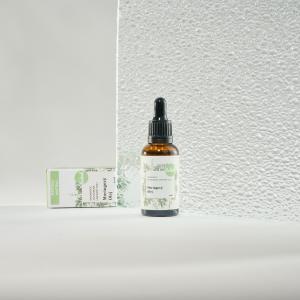
Organic Moringa Oil 30ml
Product detail